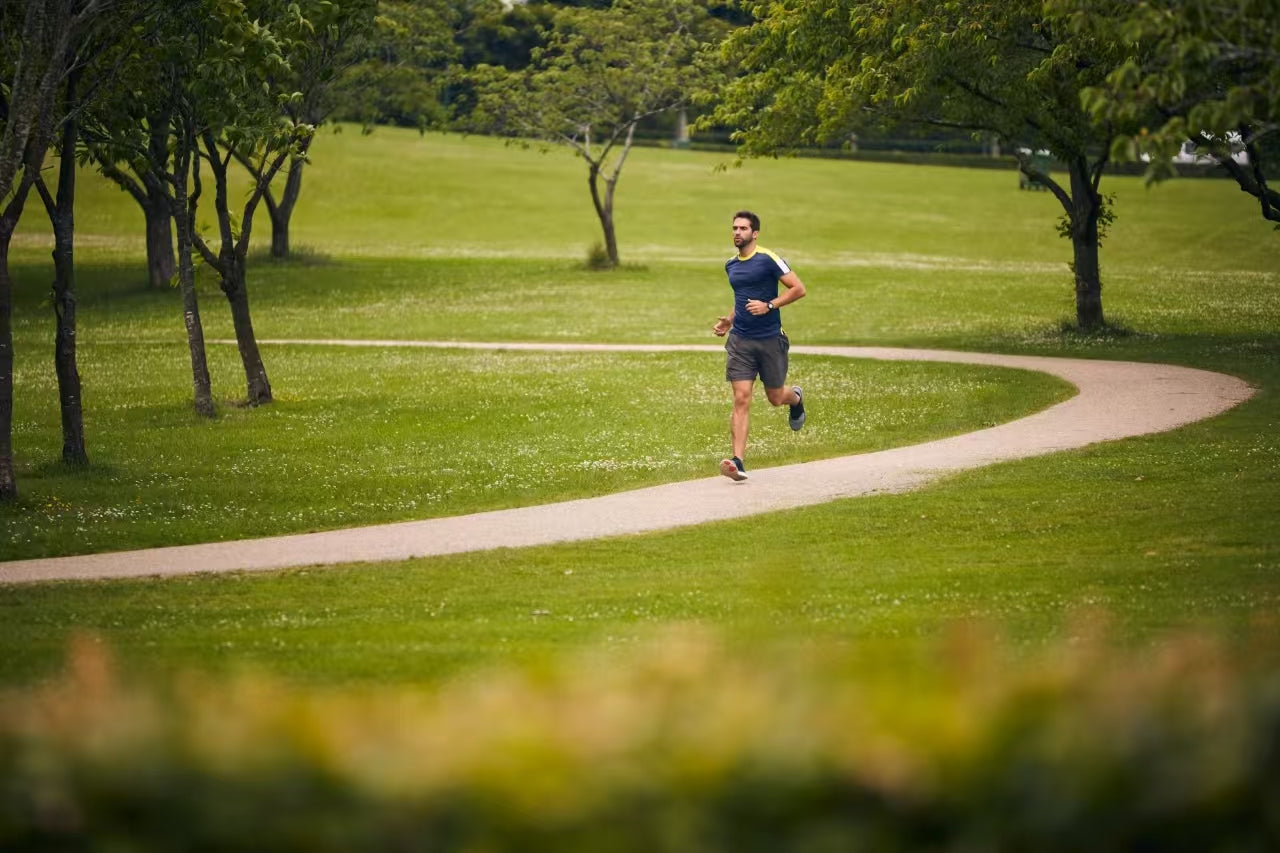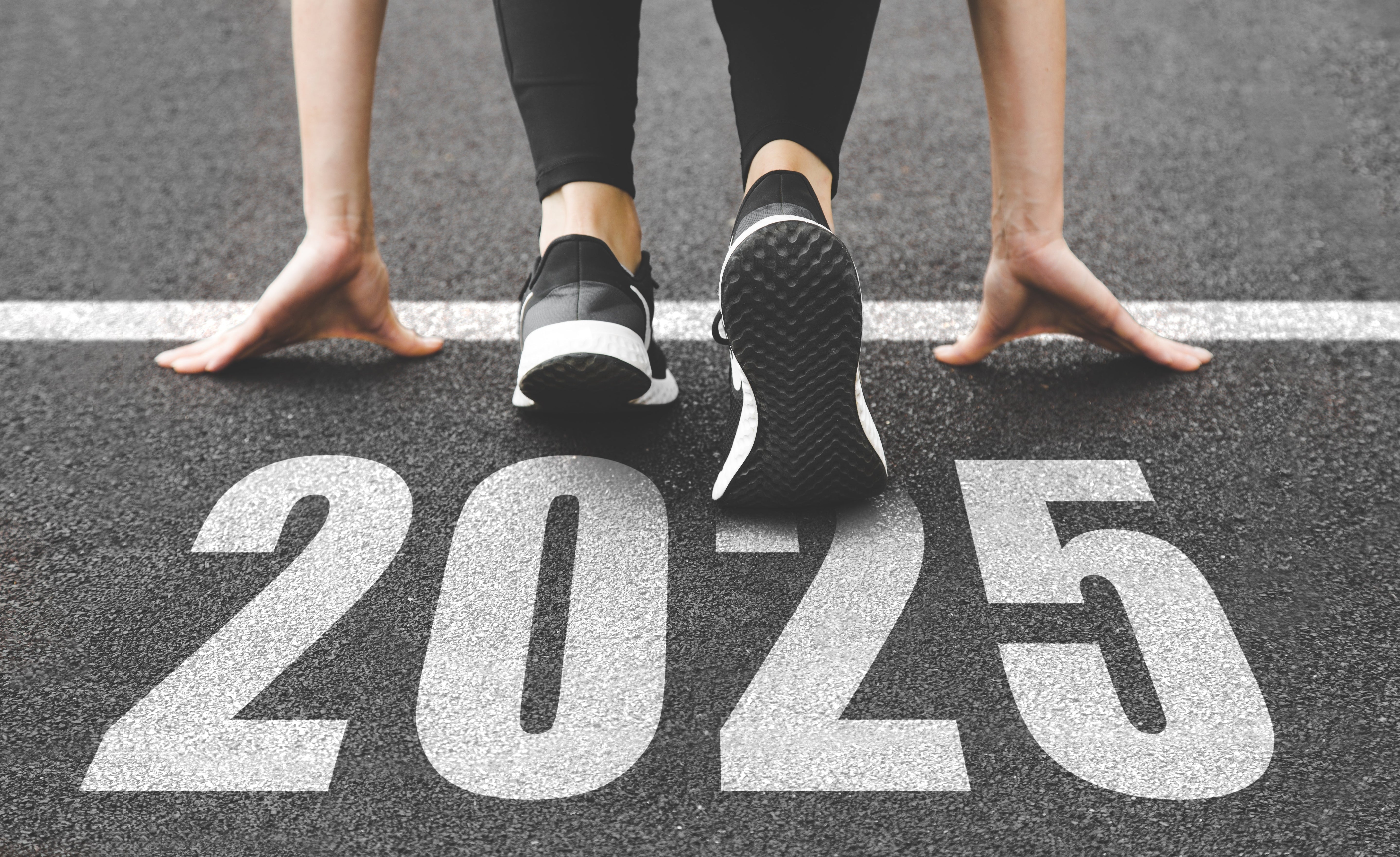So, you’ve decided to start running. First of all, yes! Welcome to the club. Running can be an incredible way to move your body, clear your mind, and tap into a sense of personal strength you didn’t even know you had. But if the thought of actually getting started makes you break into a nervous sweat (What if I hate it? What if my knees hurt? What if I’m just… bad at running?), let’s go ahead and shut that down right now.
Here’s the truth: running isn’t about speed, distance, or looking like one of those impossibly chill marathoners in Instagram ads. It’s about movement, consistency, and building a routine that works for you. And guess what? You don’t have to be “a runner” to start running.
Let’s get into how you can build a running routine that feels doable, sustainable, and—dare I say it?—actually enjoyable.
Why Running is the Ultimate Full-Body Win
Running is one of the most accessible workouts out there. No gym membership, no fancy equipment—just you, your legs, and some decent shoes. And the benefits? Oh, they’re good.
✔ Boosts Cardiovascular Health – Running improves heart health, reduces blood pressure, and increases circulation. (American Heart Association, 2020) ✔ Strengthens Muscles and Joints – When done correctly, running can strengthen your lower body and improve bone density. (Journal of Orthopaedic & Sports Physical Therapy, 2017) ✔ Supports Mental Health – Running has been shown to reduce stress, improve mood, and even help with symptoms of anxiety and depression. (Harvard Medical School, 2021) ✔ Builds Endurance and Stamina – You’ll notice everyday activities (like climbing stairs or chasing after your dog) start feeling easier.
Basically? Running isn’t just a workout—it’s a way to feel stronger in your everyday life.
Step 1: Set Your Starting Point
Before you lace up your shoes and bolt out the door, let’s set some expectations. The biggest mistake new runners make? Going too hard, too fast.
🚦 Ask yourself:
-
When was the last time I ran (or did cardio)?
-
Do I have any past injuries or joint pain to consider?
-
What’s my current fitness level?
👉 If the answer to all of these is “Uhhh… it’s been a while”, then slow and steady is your best bet.
Your first few runs should feel manageable. If you finish a run feeling totally destroyed, you’re going too hard. A good goal is to finish your workout thinking, “I could do that again.”
Step 2: Gear Up (But Keep It Simple)
Look, you don’t need a bunch of expensive gear to start running. But there are a few essentials that will make a big difference:
👟 Running Shoes: The single most important thing. Visit a running store to get fitted if you can—wearing the right shoes will save your knees, feet, and hips. (American Podiatric Medical Association, 2019)
🩳 Comfortable Clothes: Anything moisture-wicking is ideal, but honestly? Just wear something you feel good moving in.
🎵 A Good Playlist or Podcast: Trust me, music or a great podcast can make all the difference on a tough run.
📲 A Running App (Optional): Apps like Strava, Nike Run Club, or Couch to 5K can help track progress.
Step 3: Start with Run-Walk Intervals
If you’re new to running, don’t force yourself to run the whole time—walk breaks are your friend!
Here’s a simple 4-week run-walk plan to get started:
🏃 Week 1: 30 minutes total – Run 30 sec, walk 2 min (repeat) 🏃 Week 2: 30 minutes total – Run 1 min, walk 90 sec (repeat) 🏃 Week 3: 30 minutes total – Run 2 min, walk 1 min (repeat) 🏃 Week 4: 30 minutes total – Run 3 min, walk 1 min (repeat)
As you build endurance, gradually reduce walk time and increase run time. The goal? Consistency over speed.
Step 4: Focus on Form & Breathing
Good running form = less strain, less pain, and more efficiency.
✔ Relax your shoulders (don’t let them creep up to your ears). ✔ Keep your arms loose (pretend you’re holding a potato chip between your thumb and finger—don’t crush it!). ✔ Land softly—no heavy stomping. ✔ Breathe in through your nose, out through your mouth to keep oxygen flowing smoothly.
🎯 Pro Tip: If you can’t hold a conversation while running, slow down!
Step 5: Be Kind to Your Body
Listen, your body is going to have opinions about this whole running thing—especially at first. You might feel sore, tight, or extra tired, and that’s normal.
🧘♀️ Cool Down & Stretch: Spend 5-10 minutes post-run stretching your hips, quads, hamstrings, and calves. Your future self will thank you. 💧 Hydrate: Running = sweat = you need water. Aim for at least 8-10 cups per day. 🍌 Fuel Properly: A light snack with carbs + protein before and after your run can help with energy and recovery. (Journal of Sports Medicine, 2020) 😴 Prioritize Rest: Recovery is part of the process—don’t skip it!
Step 6: Set Goals That Feel Good
What’s your why for running? Is it to feel stronger? Improve endurance? Have more energy? Whatever it is, keep it personal.
✨ Instead of: “I need to run a 5K ASAP,” try: ✔ “I want to run consistently 3x a week.” ✔ “I want to run for 10 minutes without stopping.” ✔ “I want to feel good while moving my body.”
Your running journey is YOURS—let it evolve naturally!
Step 7: Stick With It & Celebrate Progress
Here’s the real secret to building a running habit: Consistency > Intensity.
🏅 Bad run? Celebrate showing up. 🏅 Tired legs? Celebrate progress. 🏅 Slow pace? Celebrate movement.
Because the truth is, every step counts. Some days will feel easy, some will feel awful—but the key is to keep going.
Final Thoughts: Just Start Moving
Running doesn’t have to be intimidating, complicated, or anything other than what you make it.
Start slow. Be patient. Give yourself grace. And most importantly? Have fun with it. Your running routine is yours to create—so build something that makes you feel strong, free, and powerful.
Now go lace up those shoes and hit the pavement. You got this. 💛
References
-
American Heart Association (2020). “Running and Heart Health.”
-
Journal of Orthopaedic & Sports Physical Therapy (2017). “Effects of Running on Joint Health and Injury Prevention.”
-
Harvard Medical School (2021). “Exercise and Mental Health Benefits.”
-
Journal of Sports Medicine (2020). “The Role of Nutrition in Exercise Performance and Recovery.”
-
American Podiatric Medical Association (2019). “Choosing the Right Running Shoe for Injury Prevention.”
Ready to run? Drop a comment and tell me how your first run went! Let’s do this together. 💪🏽
Meet Fitnexa, your AI-driven companion that turns everyday habits into a positive, uplifting journey. From effortless meal analysis (including recipe suggestions) to personalized coaching and real-time support, Fitnexa keeps you on track toward lasting wellness — so you can stay younger, live longer.







Leave a comment
This site is protected by hCaptcha and the hCaptcha Privacy Policy and Terms of Service apply.